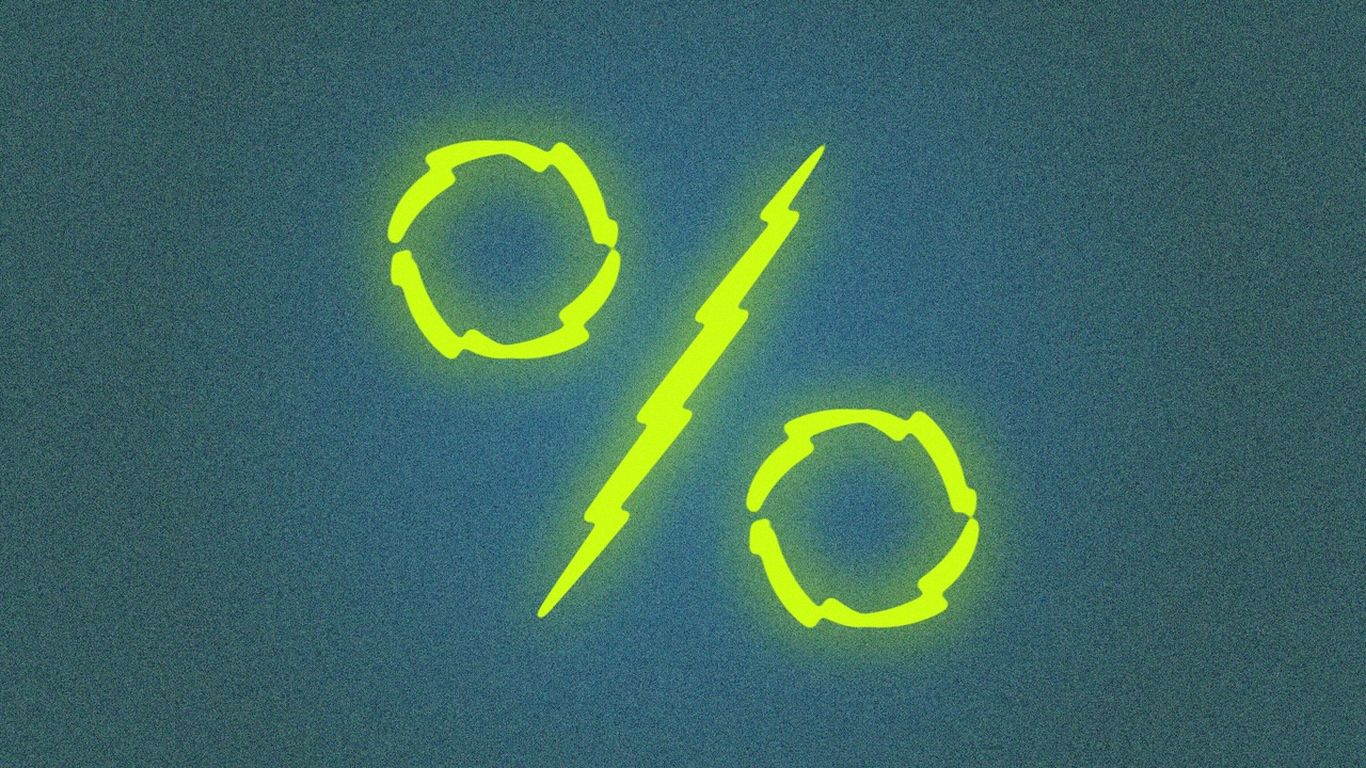
"The nonprofit Electric Power Research Institute studied U.S. households' "energy wallet" - what they pay for gasoline, power, natural gas, heating oil and propane, and more. The big picture: Last year, total "wallet" spending averaged $5,530 per household, with $1,860 for electric bills and $2,930 for gasoline. That's pretty similar to 2020 levels in inflation-adjusted dollars. But there was lots of variation in between, largely from gasoline price changes, while power has been steadier."
"DOE's independent stats arm sees residential power costs up 4% in 2025 to 17 cents per kilowatt-hour. The Energy Information Administration outlook released last week sees another rise to 18 cents per kWh next year. Zoom out: The report also looks well into the future and finds that tech changes could deeply cut household costs, especially electric vehicles but also building electrification and more. EPRI's modeling shows potential for a 36% cut in household energy costs, in real terms, by 2050."
EPRI analyzed household spending on gasoline, electricity, natural gas, heating oil, propane and other fuels. Last year, average per-household energy spending totaled $5,530, including $1,860 for electricity and $2,930 for gasoline. Real spending levels are similar to 2020, though gasoline price swings caused most variation while electricity spending remained steadier. New England and Alaska record the highest costs because of cold climates and reliance on expensive heating fuels; Utah has the lowest costs. DOE and EIA project rising residential power prices in the near term. Modeling shows electrification and EV adoption could reduce household energy costs about 36% by 2050, while political and demand factors may affect near-term bills.
Read at Axios
Unable to calculate read time
Collection
[
|
...
]